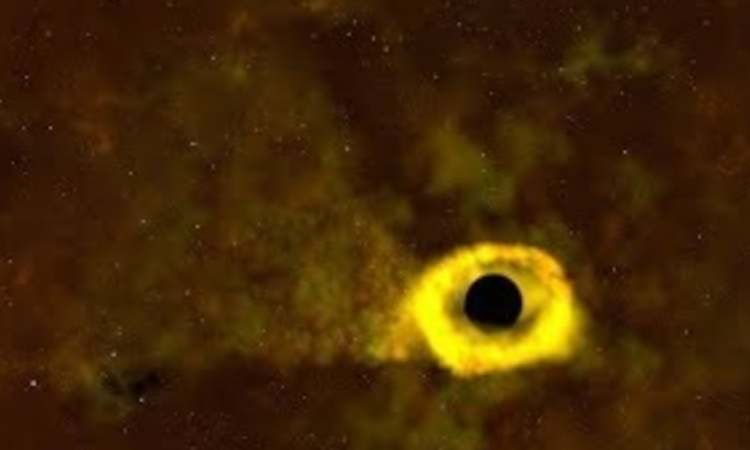
For the first time, in 2019, a black hole was observed destroying a star from start to finish. Details and video from NASA
For the first time, NASA’s Transiting Exoplanet Survey Satellite (TESS) saw a black hole tear a star apart from start to finish, a catastrophic phenomenon called a “tidal disruption event.” The supermassive black hole which generated the event has an estimated mass equal to about 6 million times the mass of the Sun and is located at the center of a galaxy called 2masx j07001137-6602251 located approximately 375 million light years away in the direction of the constellation of the Flying Fish.
Advertisement
ASASSN-19bt
The explosion, called ASASSN-19btwas discovered on January 29, 2019 by the All-Sky Automated Survey for Supernovae (ASAS-SN), a worldwide network of 20 telescopes. Shortly after the discovery, ASAS-SN requested further observations from NASA’s Swift satellite, ESA’s (European Space Agency) XMM-Newton and ground-based telescopes from 1 metro in the global network of the Las Cumbres Observatory. This video shows the ASASSN-19bt event captured by NASA’s Transiting Exoplanet Survey Satellite (TESS) and Swift, along with an animation illustrating how it occurred. Because ASASSN-19bt occurred in TESS’s continuous observation zone, the satellite observed the entire duration of the event.
To learn more, .
Read more:
Cover image credit NASA’s Goddard Space Flight Center
If the work we are doing seems useful to you and for everyone, you can also decide to participate in Passione Astronomia. We can’t promise you’ll find out what was before the Big Bang. But we can promise you that with your help there will be Passione Astronomia articles to follow and better understand the universe.

